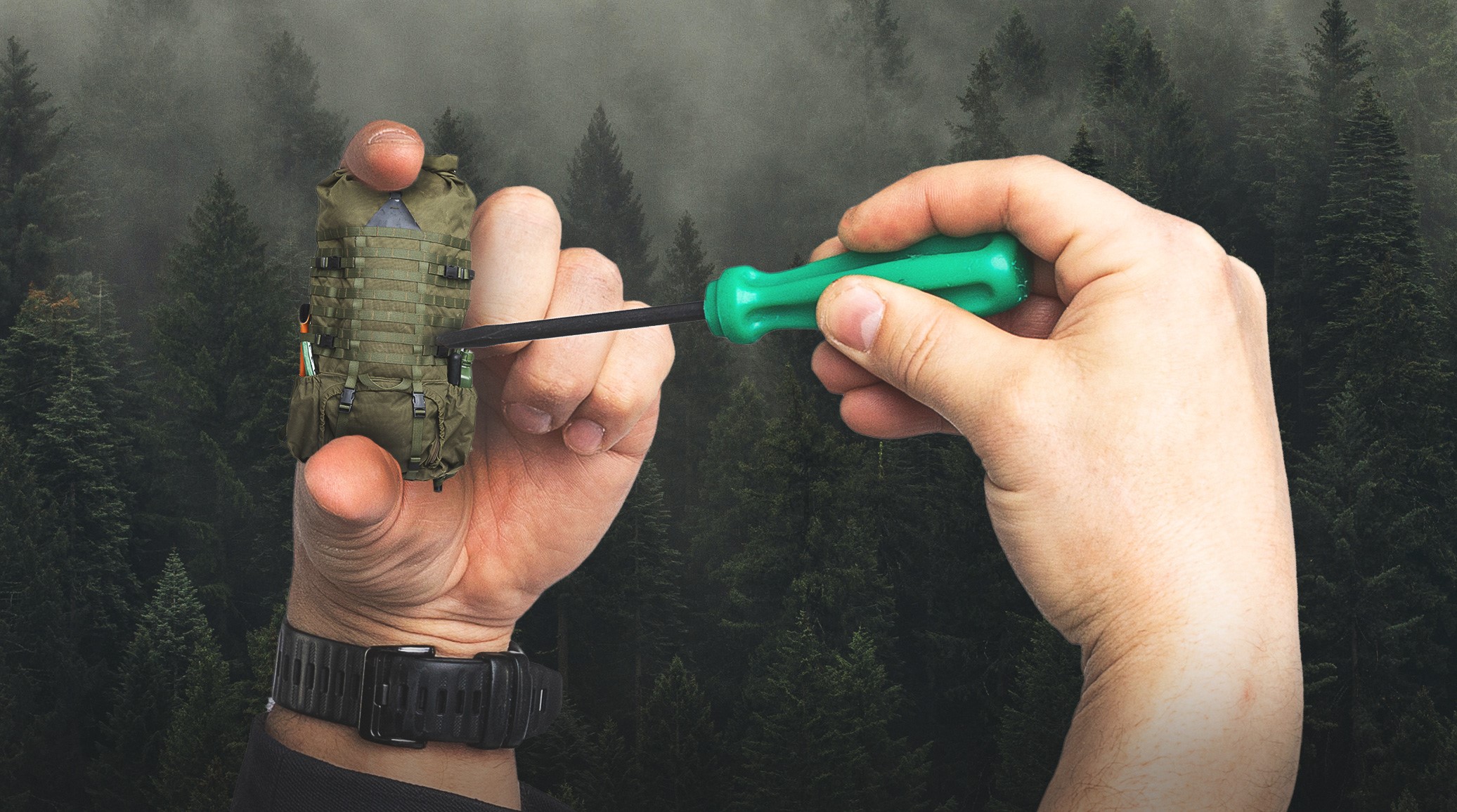
How to adjust your backpack
How to adjust your backpack
In this article, we give you the essential tips on how to adjust your backpack. It’s no rocket science, but there are a few pointers that are good to know.
When you know what kind of backpack you need, you should try out several options and find a suitably sized and well-fitting one. Many backpacks either allow the back length adjustment or the same pack is available in various sizes. It is worth remembering that a well-fitting heavier backpack is more comfortable to carry than a lighter one that is very uncomfortable.
In this article we are adjusting a Särmä TST RP80 Recon Pack. Many other same-sized packs have similar adjustments. Smaller rucksacks and backpacks might have fewer points of adjustments, but the general laws of adjustment apply there as well.
If you haven't yet assembled your Recon Pack, you are looking for this assembly article. When the long-term adjustments are done, return to this article.
Adjustment in a few easy steps
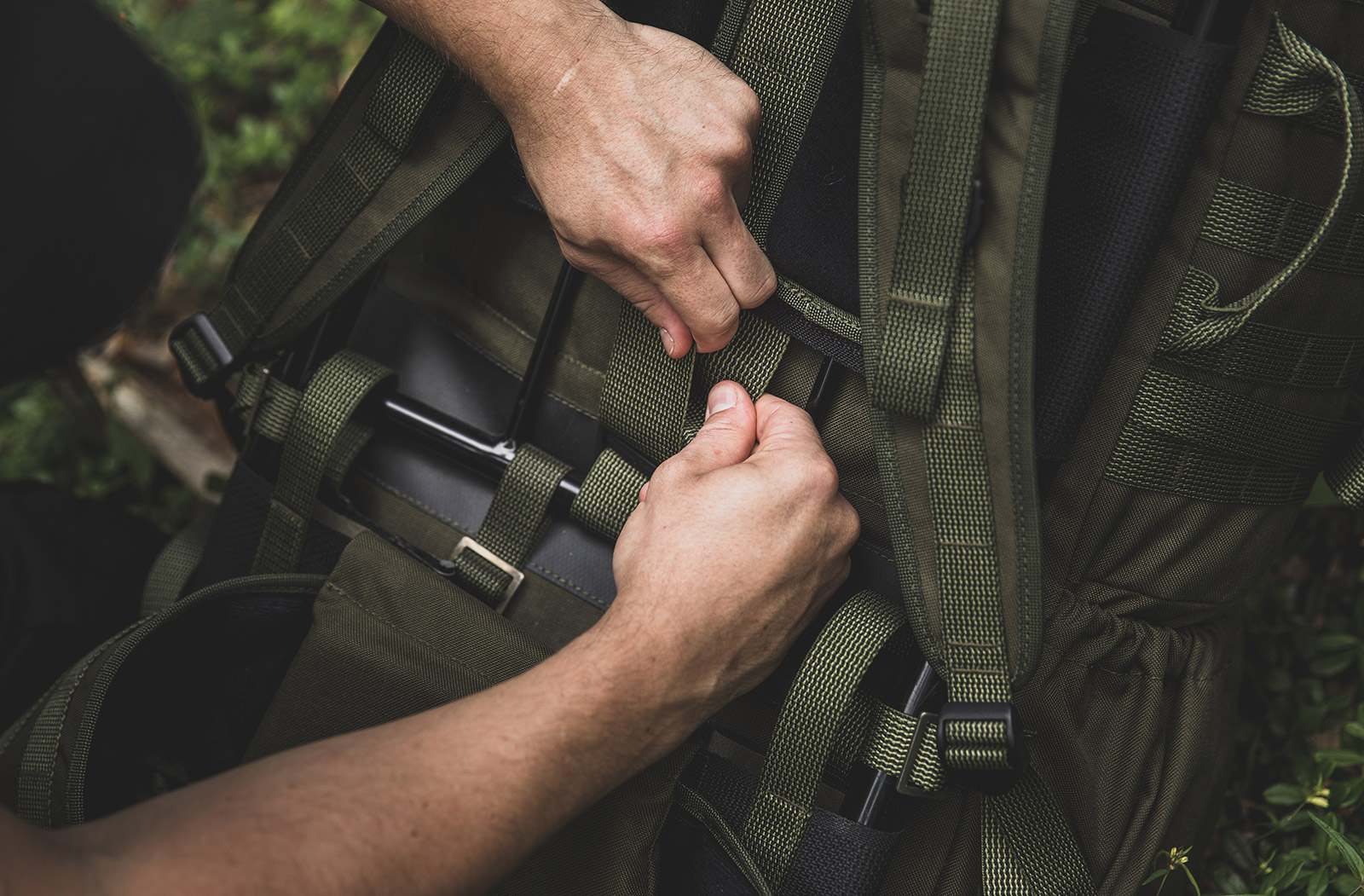
Start the adjustment process by loosening the following straps: hip belt, shoulder straps, load lifters, and the sternum strap. Put some stuff inside the backpack because it is a lot more difficult to adjust an empty backpack properly. Lift the backpack on your shoulders and tighten the hip belt below the navel at the ilium. Tighten as tight as you comfortably can. The final place of the hip belt varies from user to user. Some folks like to wear it below the ilium. The hip belt is too low if your hip flexors get tired far too early.
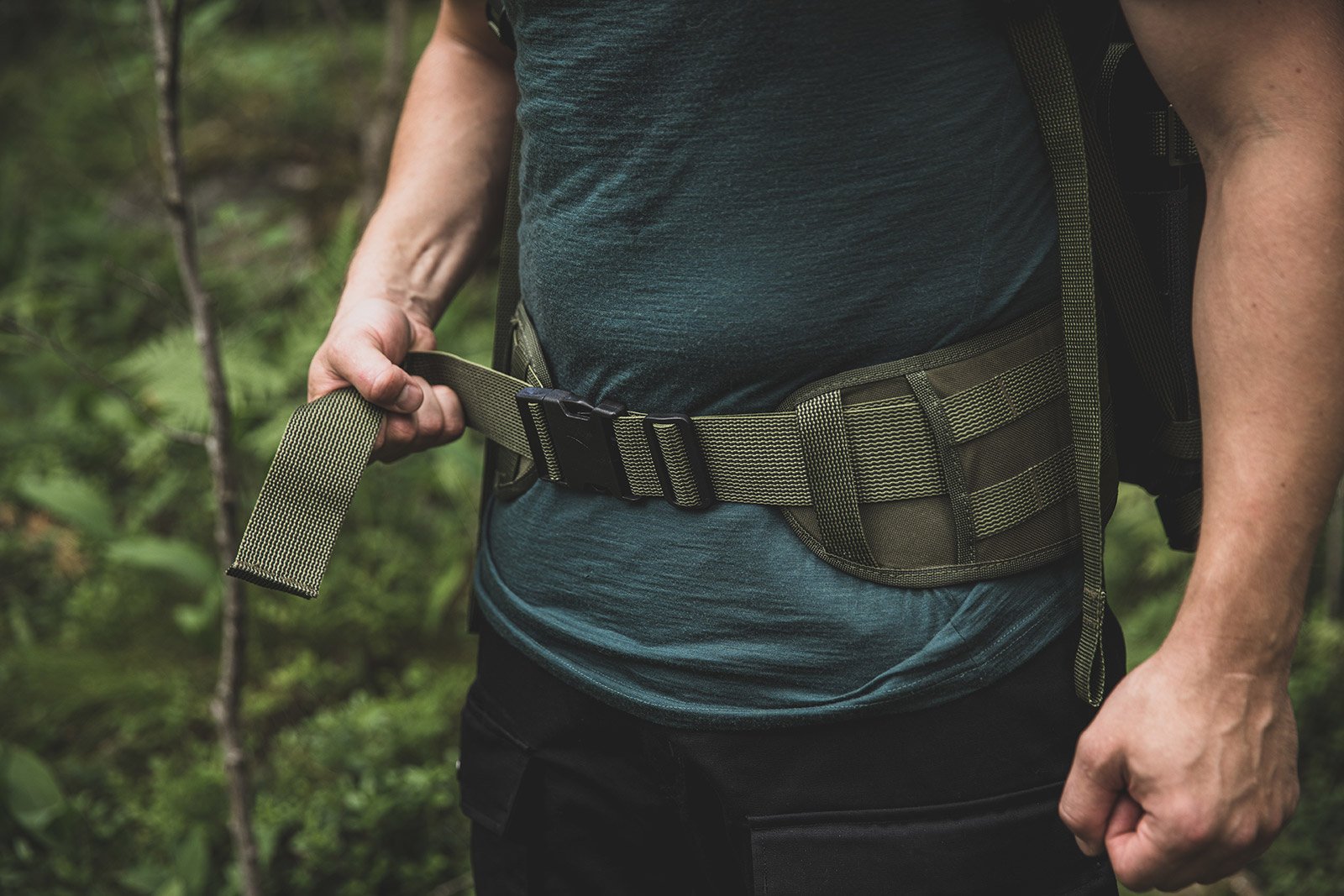
After the hip belt is adjusted, tighten the shoulder straps so that one-fifth of the weight is on the shoulders and four-fifths are on the hip. Then tighten the load lifters at the upper part of the shoulder straps so that the pack sits tightly against the upper back and the center of gravity isn’t far away from you.
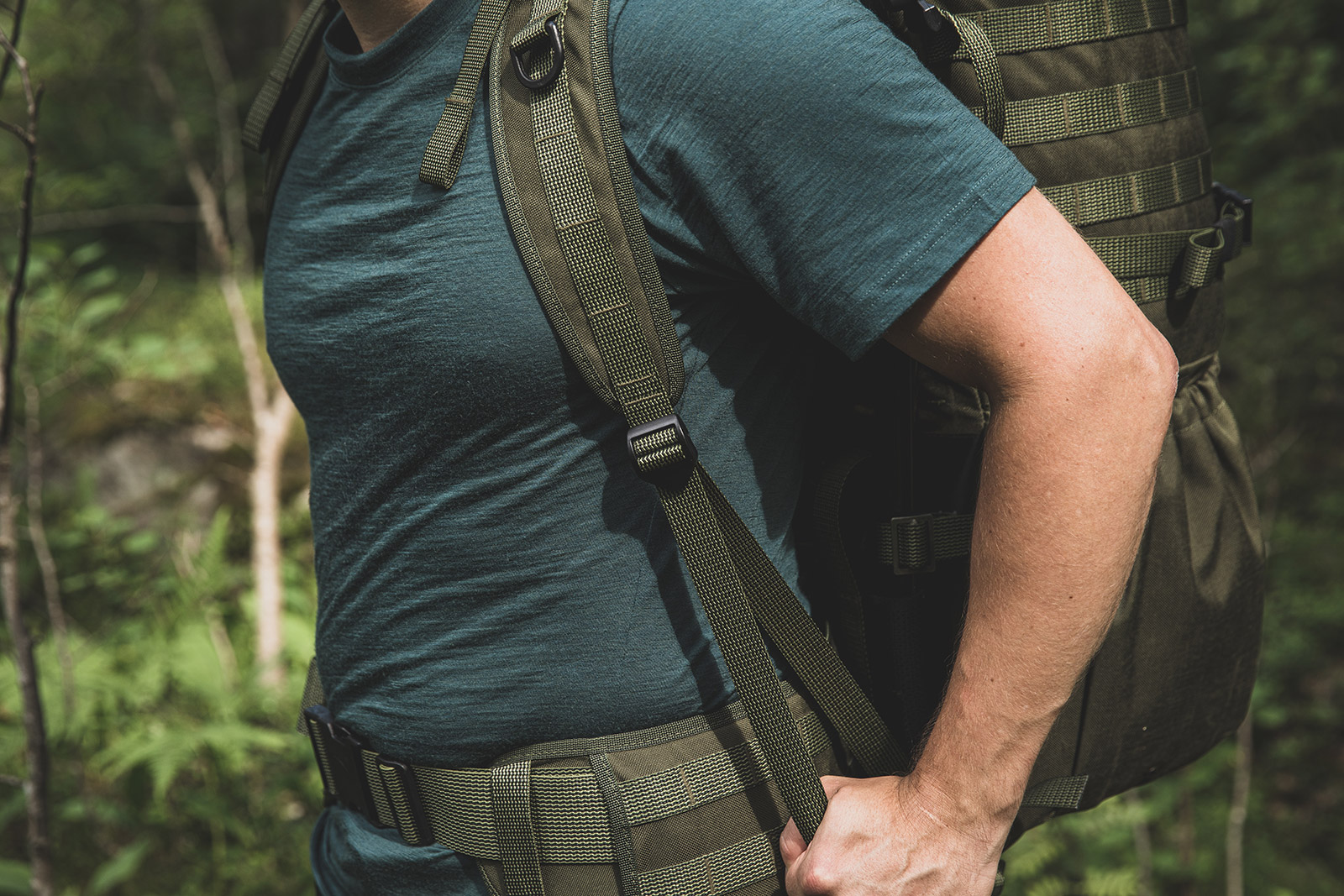
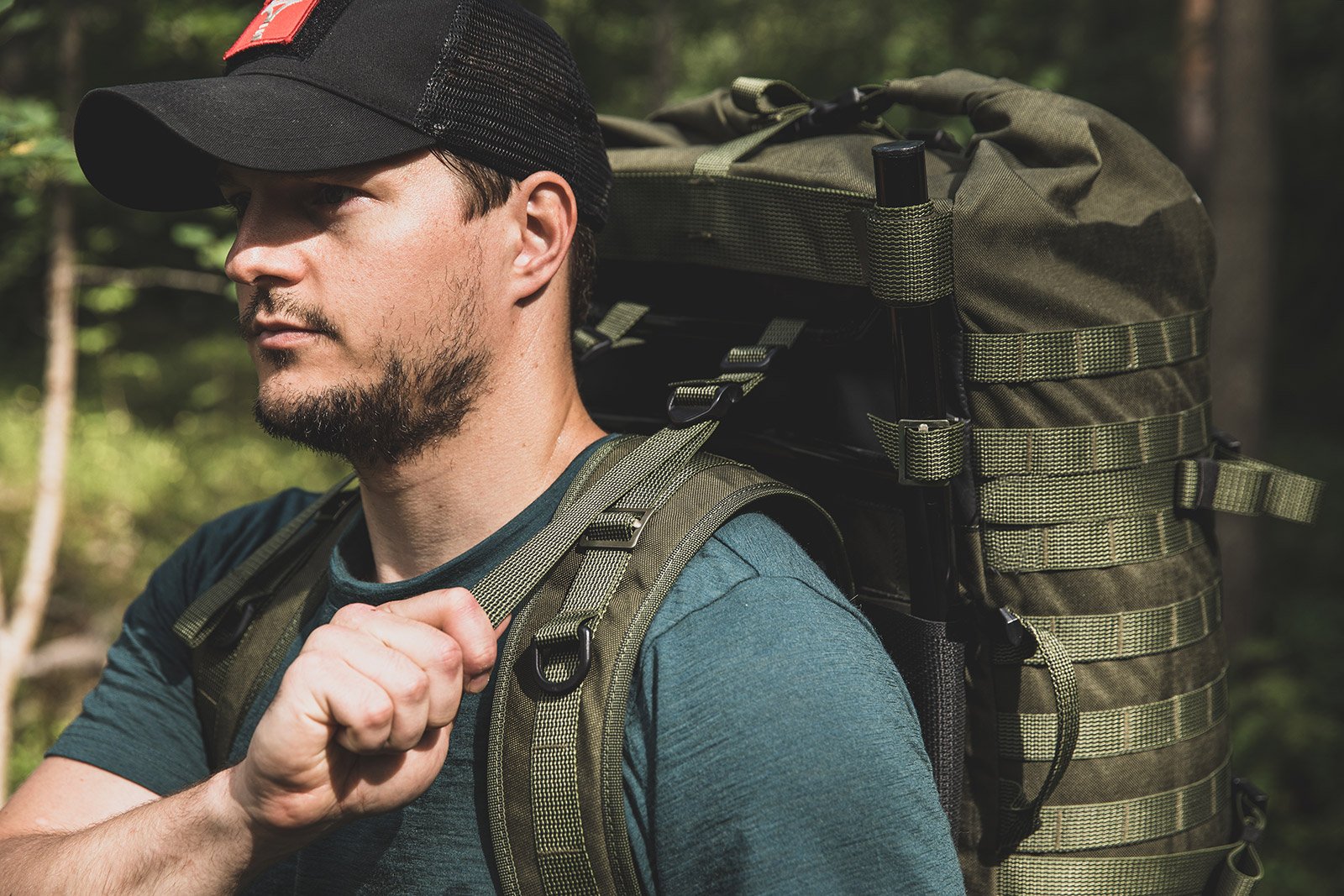
Finally, tighten the sternum strap to prevent the shoulder straps from sliding off the shoulders.
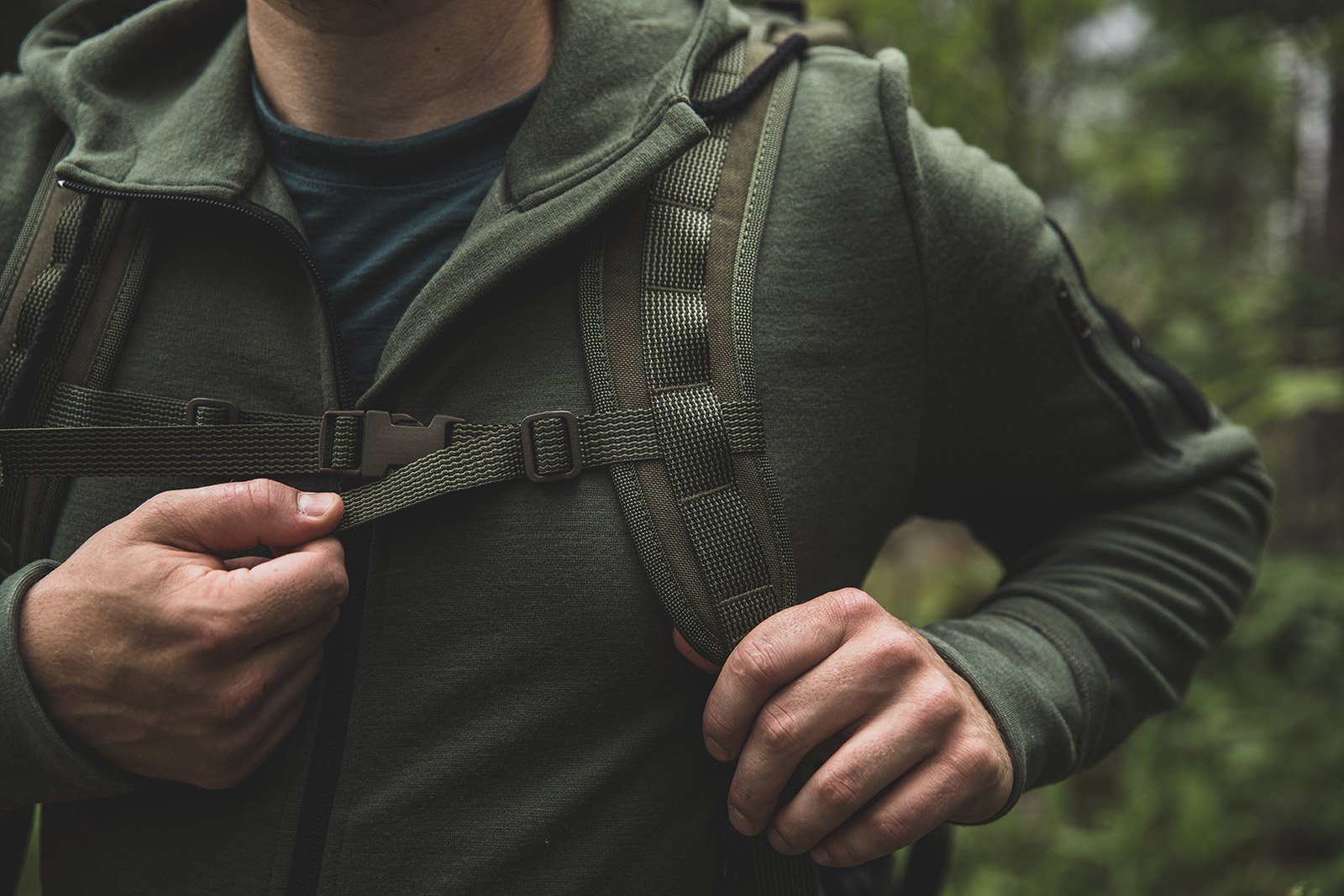
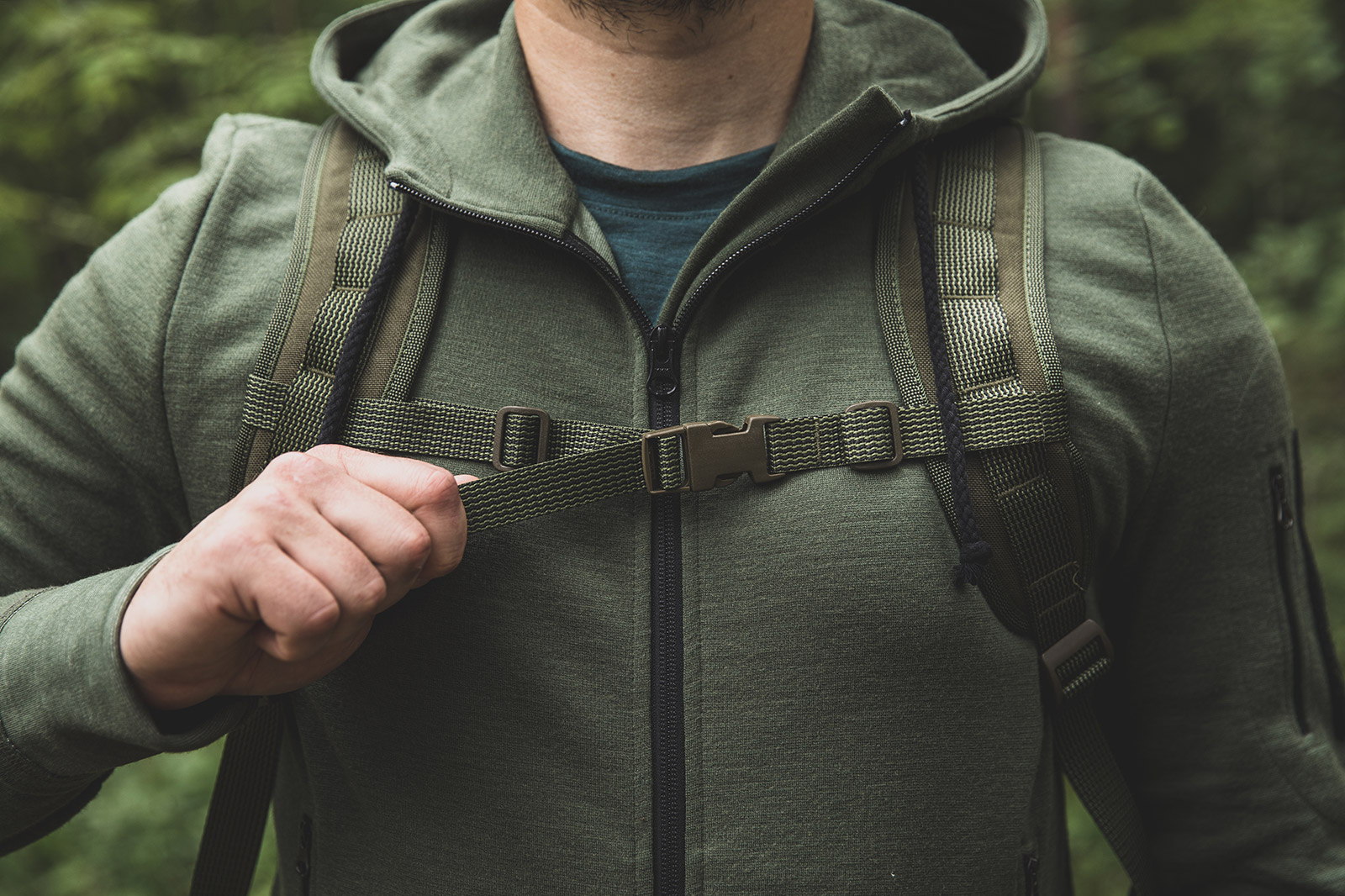
Don't own a backpack yet, or are you in need of a new one? Check out our backpacks to see if you can find one to suit your needs.
Prefer to watch a video?